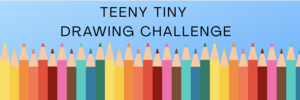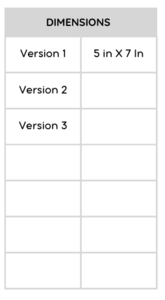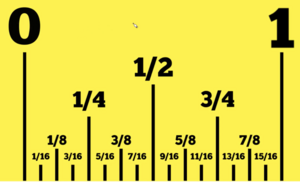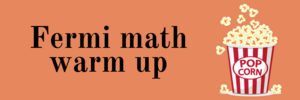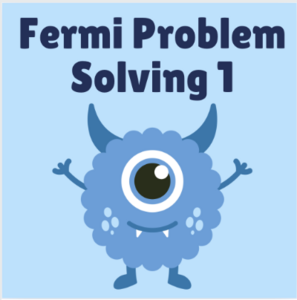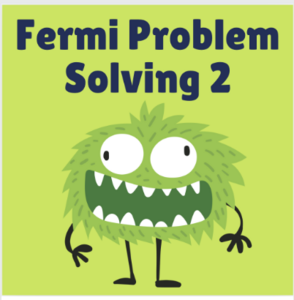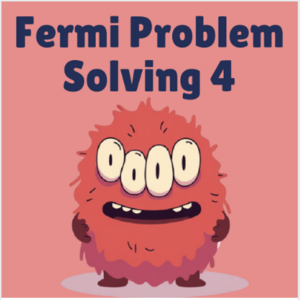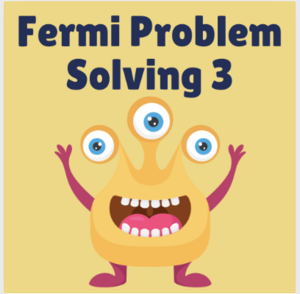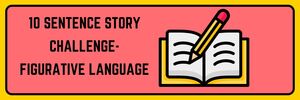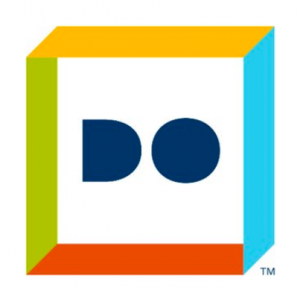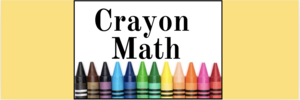
In this math mini spark you will learn a little about the history of crayon colors, answer some crayon math story problems, and learn more about how crayons are made.
Spark your thinking!
1. Set up your math mini spark recording page: #113: Crayon Math
2. Go to this website and study the graph showing how the the colors of crayons have changed over time. Record 5 observations.
3. Read this paragraph from Bedtime math. Record the data on your recording page.
We just love this map of Crayola crayon colors over the years. In 1903, there were just 8 crayon colors, but by 1935 it had doubled to 16 colors. The chart creator, Stephen von Worley, uses years with an exact multiple of the original 8 colors, so the stripes line up nicely. 1949 has 48 colors, 6 times as many 8, while 2010 shows about 15 times 8, or 120 colors. Today, Crayola® Crayons are made in 148 unique colors, but don’t stop counting there! Some colors are offered in special effects, further expanding our color selection with specialty crayons like glitter, pearl, confetti, metallic, bold & bright, and more!
4. Answer these questions in your notebook.
a. If a machine makes blue-violet crayons the 1st day, lime green the next day, mac ‘n cheese the next, and then blue-violet again to repeat the pattern, what color does it make on the 20th day?
b. When does it make the 7th batch of blue-violet?
c. The Crayola factory in Easton, PA has a sign on the counter that says how many crayons the factory has made. If the sign said 146,037,500,000 crayons, what is that number in scientific notation? Ask for help with this if needed.
Scroll to the end of this post to check your work.
5. Watch this video about crayons. Choose 2 questions to answer on your recording page. Use two sentences for each answer.
- Describe the process of how the wax mixture is transformed into crayons.
- Mention some of the unique crayon colors that were listed in the video.
- How does the video describe the distribution of Crayola crayons to the public?
6. Share your mini spark with your teacher or the EY coordinator in your building.
Lesson adapted from Bedtime Math
Check out the Crayon Project at the EY website.
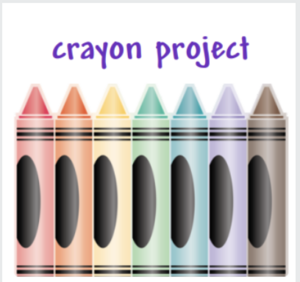
a. Lime green, since it’s the 2nd crayon in the new set of 3 starting on 19.
b. On the 19th day, since it will have just finished 6 full batches of the 3 colors.
c. 146,037,500,000 crayons in scientific notation is 1.460375 X 10 ^11
